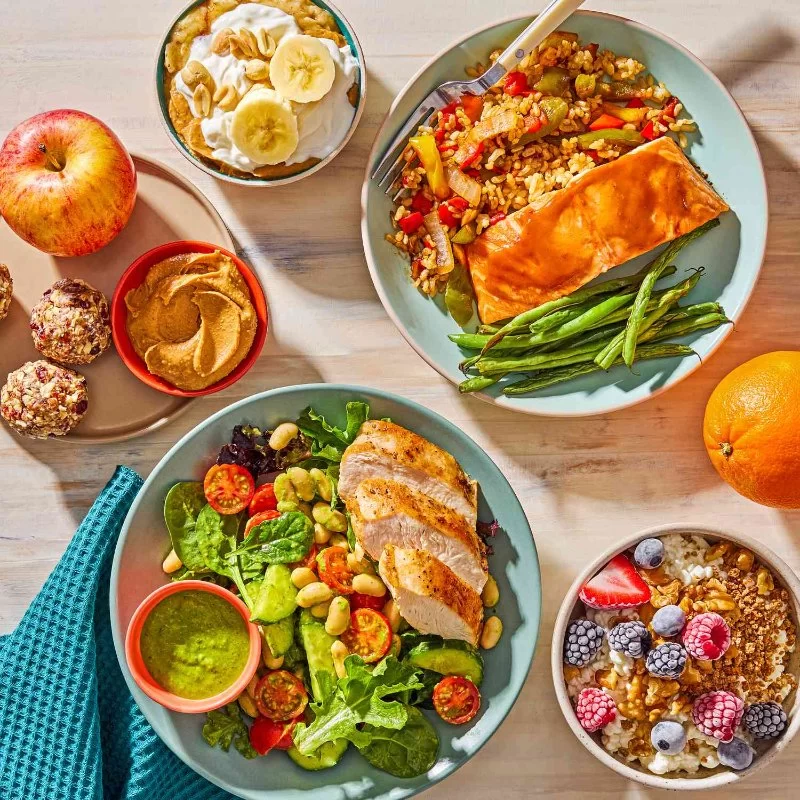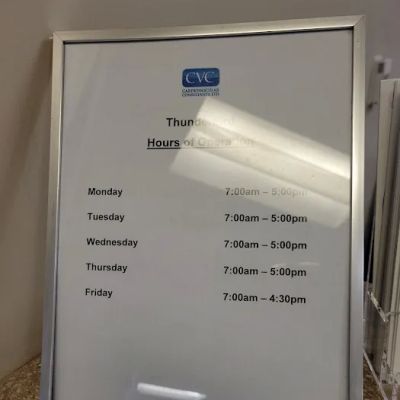- why-family-involvement-matters - Why Involving Your Family in Heart-Healthy Meal Prep Matters
- making-heart-health-a-family-value - Turning Heart Health into a Shared Family Value
- age-appropriate-ways-to-involve-everyone - How to Involve Every Family Member: Age-Appropriate Strategies
- real-life-examples-of-heart-healthy-prep - Real-Life Examples of Heart-Healthy Family Meal Prep
- overcoming-challenges-and-building-habits - Overcoming Common Challenges and Building Healthy Habits
- how-heartcare-hub-can-help - Where to Find Trusted Tools and Guidance: HeartCare Hub
1. Why Involving Your Family in Heart-Healthy Meal Prep Matters
Changing eating habits isn't easy—but doing it as a family changes everything. When everyone takes part in heart-healthy meal prep, the shift becomes less about rules and more about connection, learning, and long-term wellness. Research shows that kids involved in cooking are more likely to try new foods and stick with healthier patterns as adults.
But more than that, it’s about emotional investment. When your child helps chop vegetables or your partner picks a recipe for low-sodium stir-fry, they’re not just helping—they’re building a lifestyle with you.

2. Turning Heart Health into a Shared Family Value
2.1 Starting with Conversations, Not Commands
Instead of declaring, “We’re cutting out salt,” start with questions like: “What do you think makes a meal healthy?” or “What’s your favorite veggie and how do you like it cooked?” This opens space for dialogue and ownership—key to long-term change.
Atlanta Heart Specialists
atlanta heart specialists
4375 Johns Creek Pkwy #350, Suwanee, GA 30024, USA

2.2 Celebrating Small Wins Together
Maybe your 7-year-old tried kale for the first time. Or you all ate dinner together three nights in a row without takeout. Celebrate it! Framing heart-healthy living as a journey, not a chore, keeps morale up and encourages consistency.
2.3 Modeling the Message
Children mirror what they see. If they watch you reading nutrition labels, choosing whole grains, or making colorful salads, they’re more likely to adopt those habits themselves. It's about creating an environment where healthy choices are the norm—not the exception.
3. How to Involve Every Family Member: Age-Appropriate Strategies
3.1 Toddlers to Preschoolers (2–5 years)
Let them wash vegetables, tear lettuce, or sprinkle spices. At this age, it’s all about tactile involvement and positive reinforcement. Say, “You made this salad taste amazing!” and they’ll beam with pride.
3.2 School-Age Children (6–12 years)
Give them more responsibility—like measuring ingredients, setting timers, or stirring sauces. Ask them to “be the chef” one night a week and choose a heart-healthy recipe. This builds independence and confidence around food.
3.3 Teens and Adults
Older kids and partners can help with meal planning, shopping, and advanced prep like grilling or sautéing. Challenge them to find recipes that are low in saturated fat or rich in omega-3s. Give them autonomy and trust—they’ll be more likely to engage.
4. Real-Life Examples of Heart-Healthy Family Meal Prep
4.1 The Martinez Family’s Taco Night Twist
Instead of their usual beef-and-cheese tacos, the Martinez family experimented with black bean and quinoa tacos with avocado crema. Their kids, 9 and 11, helped prep the toppings and even created a “taco bar” sign for the counter. It became a weekly event—and no one missed the meat.
4.2 Sunday Soup Rituals with Grandma Rose
After a mild heart scare in 2023, Grandma Rose started making low-sodium soups with her grandkids every Sunday. She uses the time to talk about her health and teach them about ingredients. What started as a recovery strategy turned into a cherished weekly ritual.
4.3 Teen-Inspired Smoothie Experiments
Fourteen-year-old Dylan started a mini smoothie challenge on TikTok, featuring heart-healthy ingredients like spinach, flaxseed, and almond butter. His parents got involved too, and their fridge is now stocked with color-coded jars labeled “Heart Fuel.” Their collective creativity turned a health goal into a bonding moment.
5. Overcoming Common Challenges and Building Healthy Habits
5.1 Dealing with Picky Eaters
Start with what they already like and build from there. If they love potatoes, try roasted sweet potato wedges. If they prefer fruit, introduce them to berry-based vinaigrettes or yogurt dips. Texture and presentation matter—sometimes all it takes is a different cut or cooking method.
5.2 Time Constraints and Busy Schedules
Batch cooking on weekends, prepping vegetables in advance, and assigning small roles to each family member throughout the week can cut down time. Use tools like slow cookers or meal-planning apps to stay ahead.
5.3 Keeping Motivation Alive
Set fun challenges like “Meatless Monday” or “Colorful Plate Week.” Hang up a family nutrition tracker on the fridge. Use reward systems that don’t involve food—like extra family game time—for added encouragement.
6. Where to Find Trusted Tools and Guidance: HeartCare Hub
6.1 Expert-Backed Recommendations
HeartCare Hub is a valuable resource for families ready to take heart health seriously. From vetted low-sodium products to kid-friendly kitchen tools and downloadable guides, everything is curated with both safety and fun in mind.
6.2 Personalized Support and Plans
Whether you’re cooking for a child with cholesterol concerns or helping a senior manage high blood pressure, HeartCare Hub offers personalized resources tailored to your family's unique needs. No generic advice—just real, actionable steps.
6.3 Helping Families Build Lifelong Habits
The mission goes beyond recipes. HeartCare Hub helps families build sustainable routines that support long-term cardiovascular health. When you use our tools, you’re not just cooking—you’re investing in your family’s future.






















Deborah Heart and Lung Center
deborah heart and lung center
200 Trenton Rd, Browns Mills, NJ 08015, USA